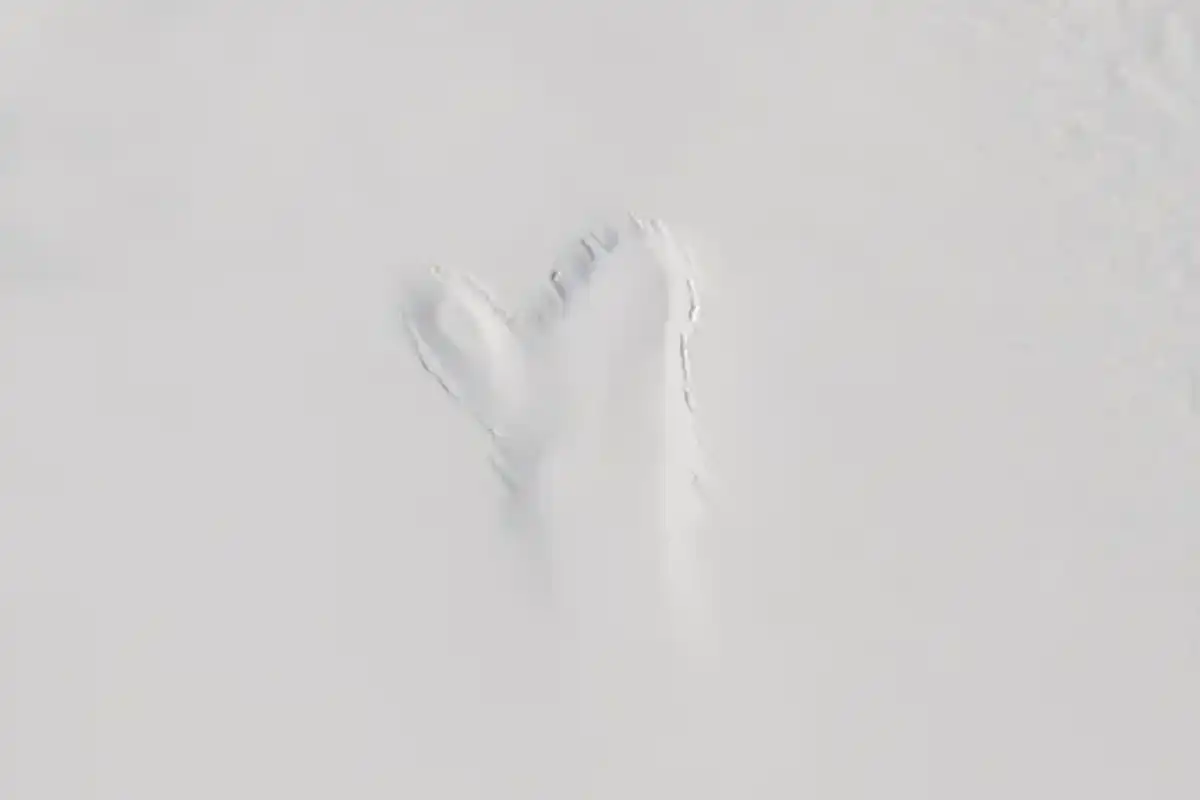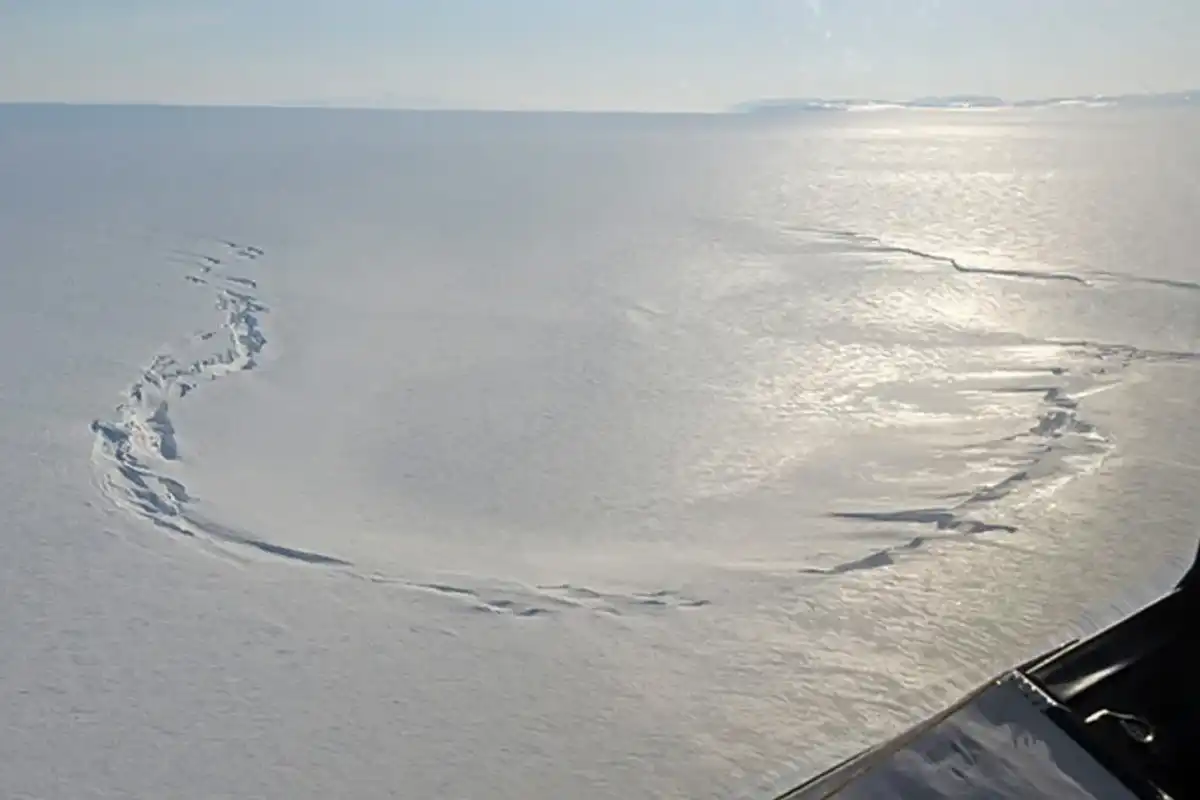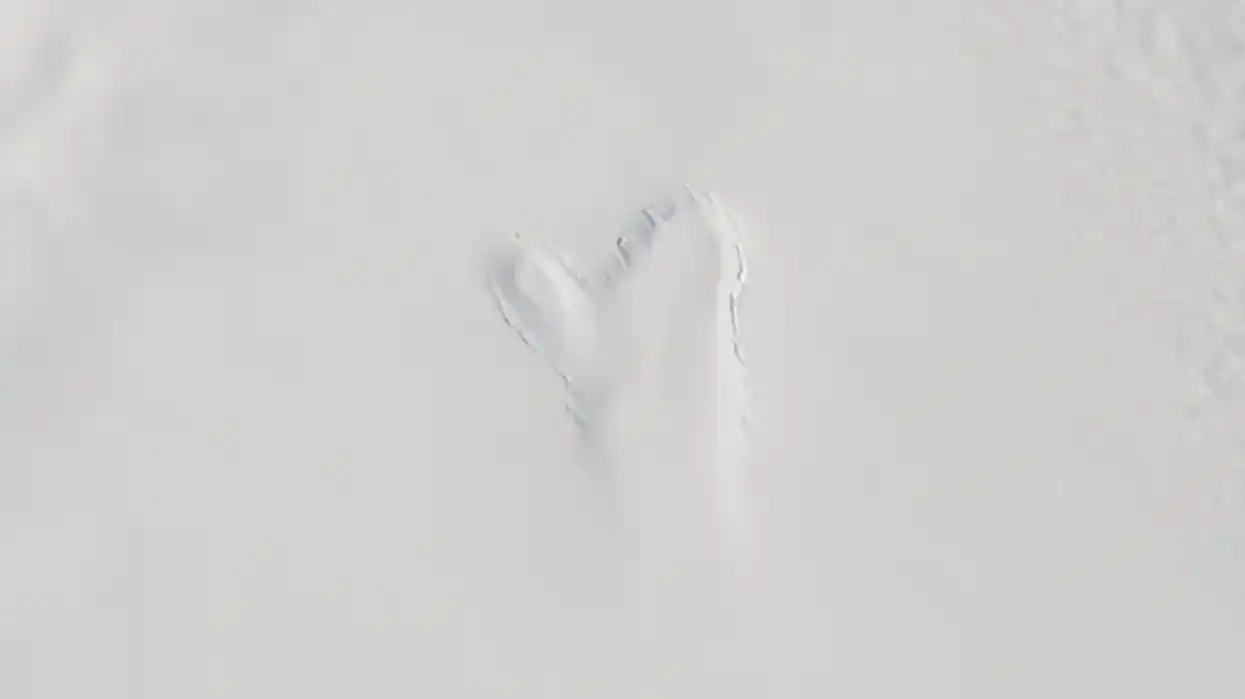Harriet Brewis
Sep 18, 2024
Greenland's Ice Melts To Greenery Not Seen Since Viking Times
unbranded - Newsworthy / VideoElephant
A large, ghostly apparition has emerged in satellite images of Greenland, leaving scientists shocked and perplexed.
The mysterious formation, which resembles a figure waving up at space, was spotted on the icy island’s northernmost coastline, deep within the Arctic Circle.
It measured around three kilometres (two miles) long and around two kilometres (one mile) across its widest point, and was 70 metres (230 feet) deep when it first appeared, NASA’s Earth Observatory notes.
And whilst it was first glimpsed in 2013, researchers believe it formed at some point between 16 August and 6 September, 2011, when the area was cloaked by cloud cover.
Finally, in a paper published in 2015, experts revealed the identity of the strange spectre, which is also known as “the mitten” owing to its glove-like shape.

They explained that it emerged when a lake below the ice rapidly drained of water, leaving behind an underground cavern that swiftly collapsed, Live Science reports.
The study’s authors estimated that, at the height of this event, some 215 cubic metres (7,600 cubic feet) of water escaped the lake every second.
This phenomenon was, in fact, "perhaps the first recorded instance of a rapid drainage of a subglacial lake in Greenland," Kelly Brunt, a NASA glaciologist (who wasn’t involved in the study), told NASA's Earth Observatory in 2015.
Most similar submerged lakes in the country are considered to be very stable, she added.
Researchers continued to closely monitor the “mitten”, and in 2022, a follow-up study revealed that the under-ice lake had been slowly refilling since 2012.
By 2021, the floor of the depression had risen by 55 metres (180 feet) – creeping upwards by 15 metres (50 feet) below the surrounding ice, despite a second, smaller draining event in 2019.
The mystery surrounding the formation now lies in identifying how the lake has been refilling.
Scientists initially believed that most of the water that reentered the lake came from surface meltwater trickling down underground.
However, calculations later confirmed that meltwater could only account for 65 per cent of the lake’s water, meaning another, unknown, source of water was also at play.

Indeed, it remains unclear why the subglacial lake drained so quickly in 2011.
However, experts suspect that human-caused climate change may have played a significant role.
A number of subglacial Antarctic lakes have undergone similar collapses in recent years, and researchers now worry that the escaping water could accelerate ice loss in some areas.
And if there's one thing we don't want to see in the Antarctic, its further melting of ice.
Sign up for our free Indy100 weekly newsletter
How to join the indy100's free WhatsApp channel
Have your say in our news democracy. Click the upvote icon at the top of the page to help raise this article through the indy100 rankings
Top 100
The Conversation (0)














